Twickenham, St Mary's Church 1899
Photo ref:
43546


More about this scene
The Earl of Cornwall built stew (fish) ponds on the western boundary of his estate, and fish was an important part of the medieval diet. Fish weirs were used to trap fish in rivers, and were an important and often hotly disputed resource up to the 18th century. They were supposed to be licensed, but illegal weirs flourished and were a hazard to river traffic. There was at least one weir in the river by Isleworth with stakes at its upper end, and this gave its name to the modern Railshead Road where the Crane joins the Thames. In the Middle Ages the settlement at Twickenham was a cluster of houses in streets around St Mary's Church and in narrow alleys nearby leading down to the river. Church Street was the principal way through Twickenham for travellers until the end of the 19th century when the present York Street was built. The name of Burgate was used for the area near the church in 1486. Although the nave of the present St Mary's dates from 1713, when it was rebuilt after it collapsed, the ragstone church tower is medieval and may have formed part of an earlier fortification on the site.
Add to Album
You must be signed in to save to an album
Sign inShare This Photo
Buy a Print
Unframed, Mounted, Framed and Canvas prints in a range of sizes and styles.
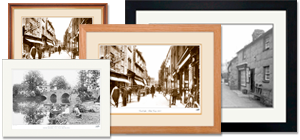
View Sizes & Prices
A Selection of Memories from Twickenham
For many years now, we've been inviting visitors to our website to add their own memories to share their experiences of life as it was, prompted by the photographs in our archive. Here are some from Twickenham
Sparked a Memory for you?
If this has sparked a memory, why not share it here?

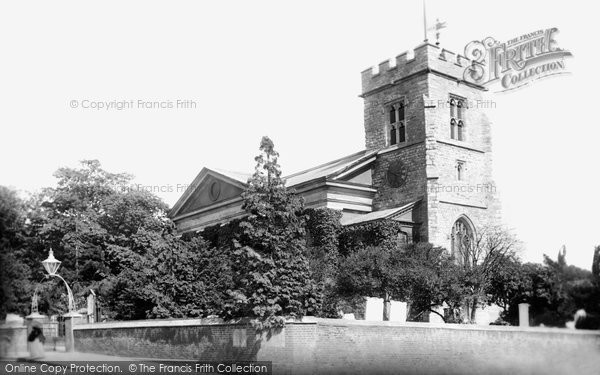
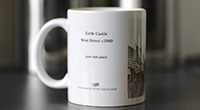
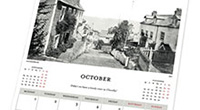
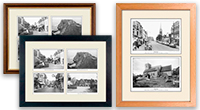
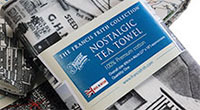

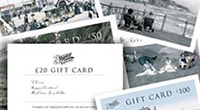
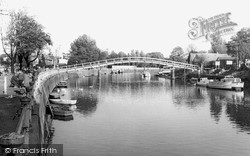
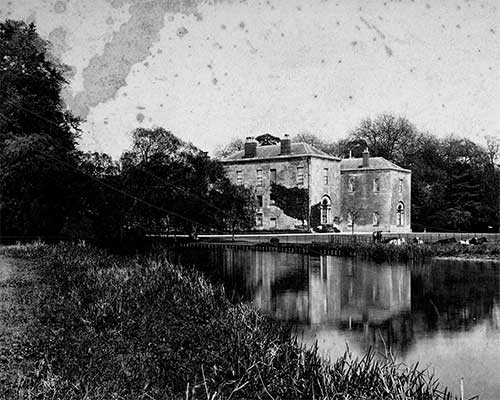 Before
Before
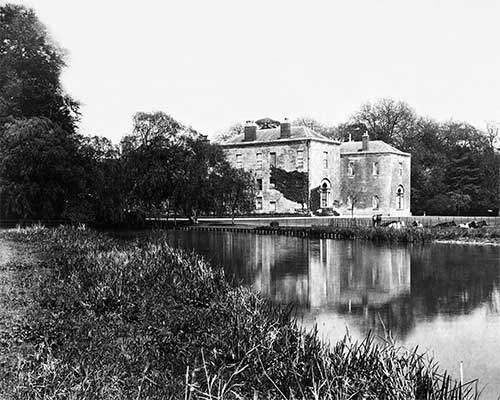 After
After